Does a king need royal honors?
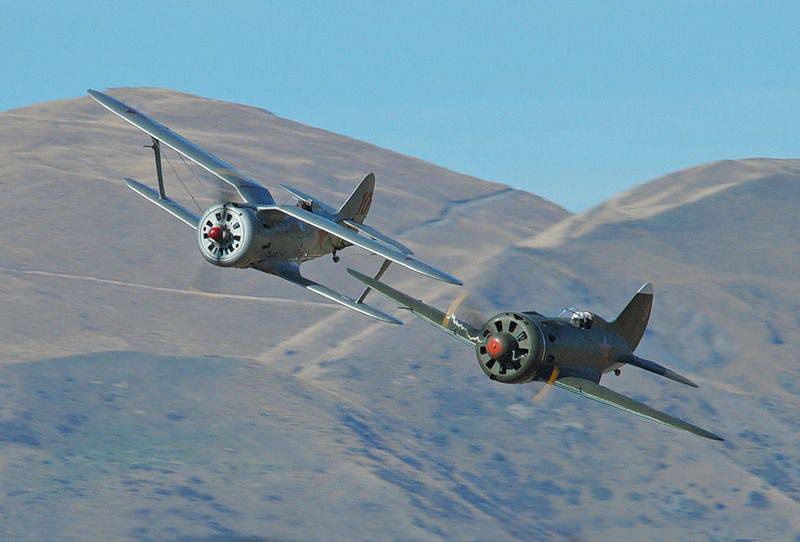
King of Fighters" is a very honorary title. Once I read from one author that “Yakovlev tried on the crown for himself” and, apart from regret about what he read, there are no emotions. The king is always the king, no matter what you do with him. And Nikolai Nikolaevich Polikarpov, in question, is not just a majestic figure in the world aviationshe is one of the greatest. Why - I dare to explain.
The biography of Nikolai Nikolaevich has been disassembled to the screws, however, there is nothing to add. Born, baptized (of course, in the family of a priest), studied. A theological school, a theological seminary, but for some reason, the affairs of heaven did not greatly interest the young man.
And therefore, with all his might, Polikarpov rushed to technology. And he ended up in the ranks of students of the St. Petersburg Polytechnic University.
It was not easy for a spiritual person to get there; seminary graduates were not accepted. Polikarpov is taking exams as an external student at the 1st Oryol Gymnasium. Education at the university is not only paid, it is also expensive. And the church for studying at the theological seminary, where Polikarpov, as the son of a priest, studied for free, also demanded to pay for education.
Nikolay works as a highway repair technician, builds and repairs bridges. In parallel with studying at TWO departments of the university, he works as an engineer on orders at the Petrograd branch of the Moscow plant "Dux". Aircraft factory, I note.
The works of the student Polikarpov attracted the attention of the greatest man in stories aviation, Igor Sikorsky.
Here it becomes clear that Sikorsky saw in the student something that others did not see. But the fact is: Sikorsky sends a nominal application to the Directorate of the Air Force fleet of the Russian Empire, where he says that he is going to the "Russian-Baltic Carriage Works" (in Russia it is customary to do Tanks and airplanes) requires a graduate of Polikarpov University.
And Polikarpov immediately after graduation (in 1916) begins to work, and not as a simple engineer, but as the head of the production of S-16 fighters. Further, the young engineer participates in the work on the modernization of the S-16 and the Ilya Muromets bomber, different aircraft not just, but in principle. And - copes.
Then there was work on the Sikorsky C-18, C-19 and C-20 fighters, although the C-19 can rather be called the world's first attack aircraft.
In 1918, Sikorsky, not finding common ground with the new government, emigrated. Polikarpov stayed. It is difficult to say how the fate of Polikarpov would have developed if he had emigrated with his teacher, but Nikolai Nikolaevich remained.
Left behind, Polikarpov begins to work on what he could work with. At the Dux plant in Moscow, he begins to work to ensure that the newly-minted Soviet Air Force, under conditions of intervention and civil war, would receive at least Farmans of all possible models and Ilya Muromets.
And at the same time he is working on aircraft of his designs. In conditions where there was nothing. No developments, because a few engineers followed Sikorsky (like Lebedev and others), there are no engines, no factories.
It turns out that a fierce desire to create can fly far.
In August 1922, the GAZ-1 plant (former Dux) was given the task of mastering the production of Airco DH.9 aircraft. Polikarpov makes a complete recalculation of the De Haviland design and makes significant structural changes to it. So literally a year later, the first serial Soviet aircraft appeared: the R-1 reconnaissance aircraft, produced at that time in a huge series of 2 copies.
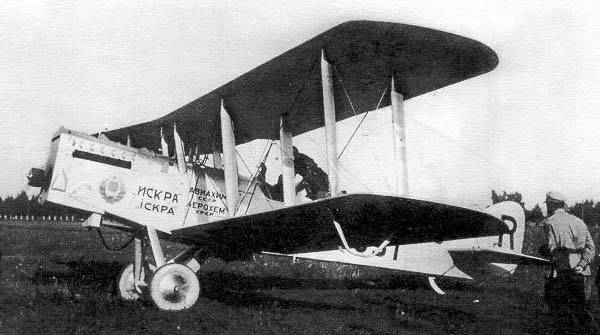
At the same time, together with the designers I. M. Kostkin and A. A. Popov, Polikarpov, on his own initiative, develops and builds the world's first cantilever low-wing fighter IL-400 (I-1). And at the same time, the project of the OL-1 "Fighter" attack aircraft based on the IL-400 is being worked out.
Let me remind you that it is 1923 in the yard. In Soviet Russia. On the ruins of a Russian aircraft industry that did not really exist.
The project was innovative, but not without flaws. There was also a lack of experience and a lack of technology. Therefore, the I-1 was built in a series of 33 aircraft, which, in principle, can be considered a success for Polikarpov's start as a designer.
In February 1926, Polikarpov was appointed head of the department of land aircraft construction (OOS) of the Aviatrest Central Design Bureau. And this is where the full program begins.
1927 Training aircraft U-2.
The main training aircraft until the 50s, a light night bomber during the Great Patriotic War, one of the most numerous aircraft in the history of Soviet aviation (33 units).
1928 Fighter I-3. The main fighter of the Red Army Air Force until 1933. Released in a series of 399 units.
In February of the same 1928, Polikarpov was appointed chief designer of the state aircraft plant No. 25. Polikarpov came to the plant with a group of designers with whom he worked on previous projects, Olkhovsky, Kocherigin, Krylov.
And at the end of 1928, the R-5 multi-purpose reconnaissance aircraft was presented, which became not just a good aircraft, it took first place at an international competition, ahead of the aircraft of such aviation giants as Great Britain and France.
R-5 was released in the amount of 6676 copies. The plane proved to be very worthy in the epic with the Chelyuskin in 1934, and was operated for quite a long time after the Great Patriotic War.
At the same time, work began on the I-6 fighter. But the aircraft in 1929 was already being completed by designers led by Kocherigin, because Grigorovich and Polikarpov had already been arrested.
I-6 was raised into the sky on May 23, 1930 and participated in the competition for serial construction, but ... lost to the I-5 fighter, which was designed and built in the prison design bureau by Grigorovich and Polikarpov, who were sitting there.
Both Grigorovich and Polikarpov were repressed for absolutely no reason. On the standard charge of "participation in a counter-revolutionary wrecking organization" in October 1929, the designers were sentenced to capital punishment. Without trial and special investigation. And for two months Polikarpov was just waiting to be shot. Fortunately, it did not follow, and in December, without annulment or even a change in the sentence, Polikarpov was sent to TsKB-39 of the OGPU, a special design bureau organized in Butyrka prison.
Here, during 1930, suicide bombers Grigorovich and Polikarpov create the same I-5 fighter, which became the main fighter of the Red Army Air Force for the next 9 years.
The Board of the OGPU highly appreciated the activities of the designer Polikarpov, because in 1931 he received 10 years in the camps.
However, after the plane was shown to Stalin and Voroshilov, the attitude softened. The verdict was considered conditional. That is, they could return to him at any moment, and until the very end of his life, Polikarpov went under this sentence. Only 12 years after the death of the great designer, the Military Collegium of the Supreme Court of the USSR in 1956 overturned the sentence against Polikarpov and dismissed the case against him.
Well, in our country they knew how to be grateful at all times.
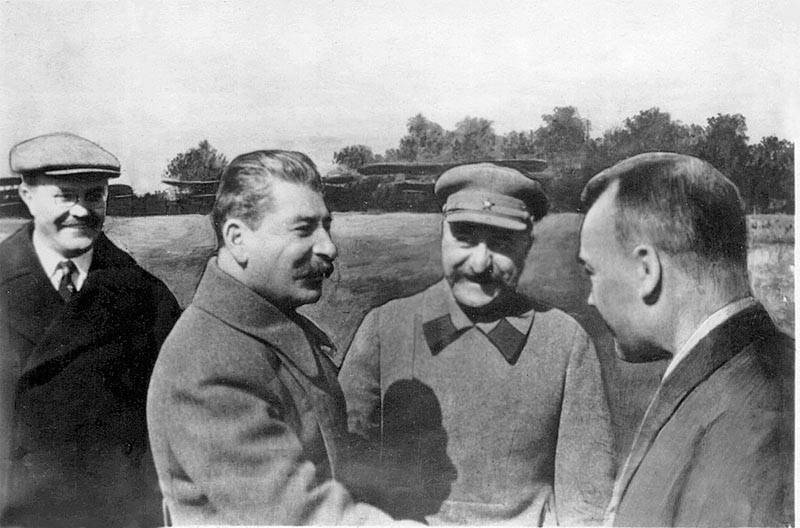
Having been released, Polikarpov simply rushed to create. Not everything was smooth and beautiful, he was removed from his posts, appointed as an ordinary engineer, and again put higher. Ilyushin and Sukhoi, each of them, gave Polikarpov great help at one time, which at least allowed the designer to work calmly.
1933 Fighter I-15.
It is adopted by the Red Army Air Force, 384 vehicles are produced in the USSR and another 297 units under license in Spain.
1933 Fighter I-16.
In service with the Red Army Air Force from 1934 to 1942 as the main fighter. Built in quantities of more than 10 units, it was used in the Great Patriotic War until 000 and even longer. He served in the Spanish Air Force until 1943.
1937 Fighter I-15bis.
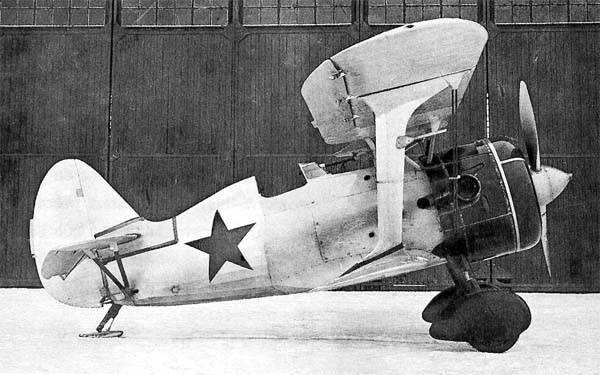
Modernization, which did everything better than the I-15. Produced in the amount of 2408 units. I-15 bis takes part in the Spanish Civil War, was used by the Chinese Air Force against the Japanese, fought at Khalkhin Gol and near Lake Khasan. In the fighting of the Great Patriotic War, it was used as an attack aircraft until the middle of 1943.
1938 Fighter I-153. The third and last modernization of the I-15
With a more powerful engine and retractable landing gear. 3437 units were produced, the I-153 was used for almost the entire war as a light attack aircraft and reconnaissance aircraft.
It was after this cascade of very impressive machines, each of which was adopted by the Red Army Air Force, that Polikarpov received the title of "King of Fighters". At that time, these were really very good cars that corresponded to all world levels.
In 1938, after the arrest of A. N. Tupolev, Polikarpov was appointed chief designer of the aircraft plant number 156.
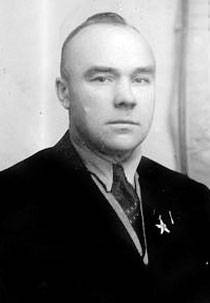
In 1939, a new I-156 fighter was built at factory #180.
Unfortunately, this aircraft caused many problems, the main of which was the death of test pilot Valery Chkalov. Polikarpov again falls into disfavor, he was saved from arrest and reprisal only by the fact that he did not sign the act of readiness of the aircraft for departure. As a result, amateur performance cost Chkalov his life, and the designer Tomashevich his freedom.
In May 1939, Polikarpov was transferred to the State Aviation Plant No. 1, to the position of chief designer and technical director. The design bureau also moved here.
During 1939 and 1940, Polikarpov was working on two lines of fighters at once: the I-180, I-185 and I-200 monoplanes and the I-190 and I-195 biplanes.
During Polikarpov's business trip to Germany in 1939, Plant No. 1 director Voronin and chief engineer Dementiev (the future minister of the aviation industry) defeated Polikarpov's design bureau, taking away the best engineers and designers from there, organized a new design bureau under the leadership of Artem Mikoyan and transferred to him the entire accumulated production base and even I-200 fighter project.
Polikarpov returned from Germany to the ashes. There were no personnel, there was no production base, what was organized under the guise of state factory No. 51 in the old hangar on Khodynka was on the same level as the Yakovlev bed factory.
But even in such inhuman conditions as the old hangar, without a normal design bureau, with the remnants of personnel who had not fled to Mikoyan, Polikarpov continued to create. From 1939 to the time of his death in 1944, Polikarpov designed and built a number of experimental combat vehicles: TIS, VIT, SPB, NB, I-185.
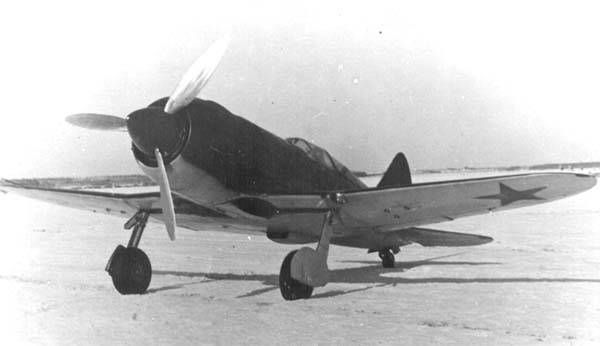
I-185 passed both state and military tests and reviews about it were the most enthusiastic. It really could be the best Soviet fighter. But the unfinished M-71 engine caused several accidents, in one of which test pilot V.A. Stepanchonok. The lack of a reliable engine and a minimum production base did not allow serial production of the I-185.
Polikarpov was organized a real persecution among colleagues. This was probably the most unpleasant moment in the life of the designer, when streams of criticism poured in from all sides against him from young colleagues who had already tasted the delights of mass production of their aircraft.
By the way, in A. Yakovlev's book "The Purpose of Life" often slipped "injections" against Polikarpov.
Only when Stalin himself stood up for the designer did the situation calm down. But it was really too late. On July 30, 1944, Nikolai Nikolaevich Polikarpov died. The cancer of the stomach turned out to be stronger.
During his work as a designer, Polikarpov created more than 80 aircraft projects. Plant No. 1 built almost 17 thousand aircraft, the rest of the factories even more, and the total figure for the number of Polikarpov aircraft crossed over 50 thousand.
After the death of Polikarpov, his design bureau was headed by Vladimir Chelomey, who concentrated the efforts of the team on the development of the first in the USSR cruise missiles with pulsed air-breathing engines (aircraft projectiles).
It is worth saying that Mikoyan did not benefit from what Dementiev and Voronin arranged for him did not benefit. The I-200, which Mikoyan passed off as the MiG-1, was never brought to its natural end. No wonder Polikarpov was in no hurry with this car. Mikoyan was a good hardware player and organizer (as, indeed, all Mikoyans), but a very mediocre designer. Therefore, through the efforts of a student of Polikarpov Gurevich, the MiG-1 was finalized to the MiG-3 and fought in the initial period of the Great Patriotic War. But we already know the fate of this difficult aircraft. The MiG-3 was abandoned in favor of more advanced aircraft at the first opportunity.
And until the beginning of the jet era, nothing sensible was created in the design bureau of Mikoyan and Gurevich. Unlike Polikarpov, who worked in a barn.
At the historical moment when the Russian Empire was replaced by the Soviet Union, there were many people in the new world who had a desire to create. Including in aviation. But aviation is a very complex business, and in reality the number of designers was small compared to other industries.
Nikolai Polikarpov had everything: talent, desire to create and good luck. He was incredibly lucky to become a student of the great Sikorsky, he was lucky that he could create. Lucky to have people around. Grigorovich, Chkalov, Suprun, Yangel, Baidukov, Tairov are associates and students with whom the great designer created combat aircraft. Thanks to cooperation with Grigorovich, Polikarpov was not shot, thanks to the intercession of Chkalov and Baidukov, he did not fall under repression a second time.
Favoritism, which has always taken place in our country, regardless of the name, whether it be the Russian Empire, the Soviet Union or the Russian Federation, is an immutable thing. He was, he is, he will remain in the future.
In those years, a slight nod was enough, and any business folded up and went under the carpet. Stalin said that "Our army needs IL-2 like bread, like air" - and they immediately forgot about Polikarpov's VIT-1 and VIT-2 and Sukhoi's Su-6 and Su-8. The war wrote off a lot, including competitions. We needed combat aircraft that could go into battle, so there was absolutely no time for competitions. Such was the policy, therefore, during the entire Great Patriotic War, practically no new aircraft models were received in the Red Army Air Force. Only modifications already in service. Only La-5 (with a certain stretch) and Tu-2 can be called fundamentally new.
And even then, a difficult question regarding La-5. If the People's Commissariat for the Aviation Industry did not force Polikarpov to transfer part of the developments on the I-185 to Lavochkin, it is not an option that the La-5 would fly at all. And the I-185 had already flown, had already fought, and had good feedback from the pilots.
So we can safely say that Polikarpov was robbed twice.
And in the end they took everything. Plant, design bureau, machine tools, designers. Indeed, all that remained was to die, because there was really no hope that Polikarpov's positions would return. Or build planes against all odds.
Apparently, there was something in the character of Polikarpov, from his priest-father. Love for the country in which he was born and raised. For which he lived and worked. Could Polikarpov repeat the fate of Sikorsky in terms of going abroad and becoming a rich and revered person there? Could. Whether working with a teacher, going to Boeing or Lockheed, founding his own company, Polikarpov's success would be guaranteed.
However, he chose to stay and build aircraft that protected the skies of Russia. His Russia. Despite the accusations, unrighteous actions, robbery and all the other delights that our history has been so rich in.
Anyone who understands even a little about aviation is perfectly aware of what Polikarpov did. To create good aircraft that are not inferior to world analogues and even surpass them in a country that was able to master a couple of not the best imported engines in production, in a country where aluminum was smelted in a teaspoon per hour and it was necessary to make planes from wood, in a country where instrumentation and radio engineering were at an embryonic level - it was a daunting task.
But Nikolai Nikolaevich Polikarpov did it, moreover, exactly when it was most needed: in the twenties and thirties. It is a pity that the great designer was not able to realize all of his plans. But his technical and political contribution to the security of the country is truly invaluable.
The political one is when everyone outside the USSR saw and understood that a new country with a new way of life could build both planes and tanks. Unlike the Russian Empire. And these are good tanks and excellent planes.
The technical one is that Polikarpov's "obsolete" planes quite obviously fought until 1943, and in some cases even until 1944. "Seagulls" as light attack aircraft turned out to be very useful aircraft, capable of taking off "from a spot", striking and leaving at low level. Some analogue of Po-2, only daytime, since there was no navigator.
Polikarpov's planes, on which the Heroes of the Soviet Union Clubs, Rechkalov, Akhmet-Khan, Safonov, Faddeev fought, are better than titles and awards. Or the best reward.
"King of Fighters" is still too pompous. And little. The great designer who created beautiful machines “out of nothing”, at the call of his heart, is more worthy, as well as what we still remember, what we owe to the most modest and brilliant person Nikolai Nikolaevich Polikarpov.
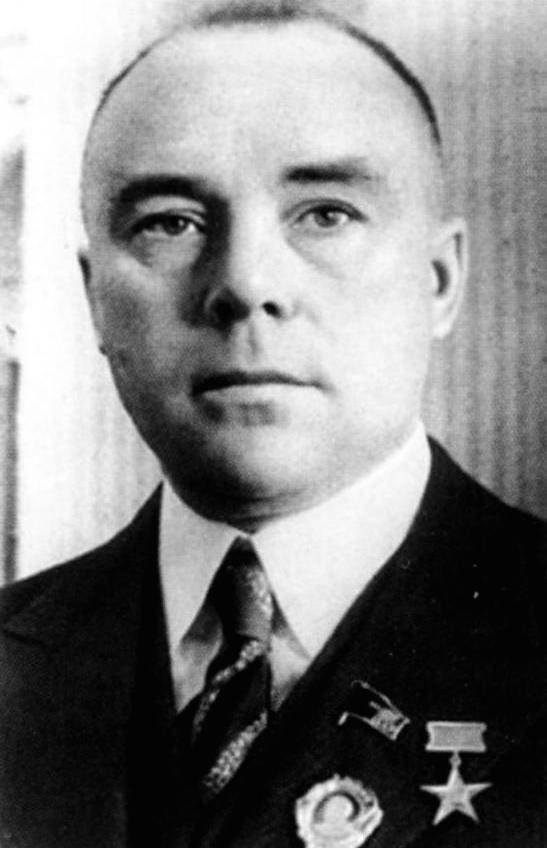
Human memory cannot be compared with any royal titles and honors. And all those interested in the history of aviation will remember this man. The great Russian aircraft designer and real person Nikolai Nikolaevich Polikarpov.
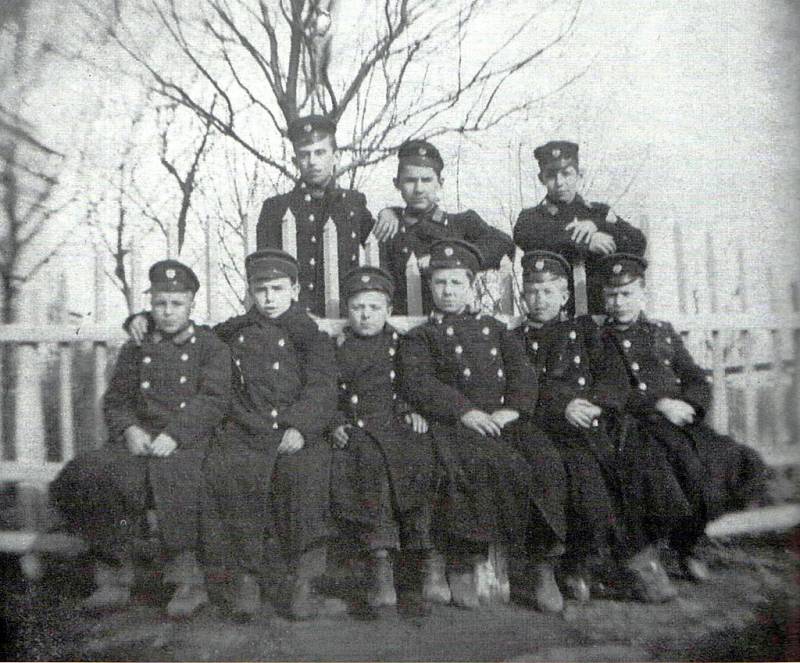
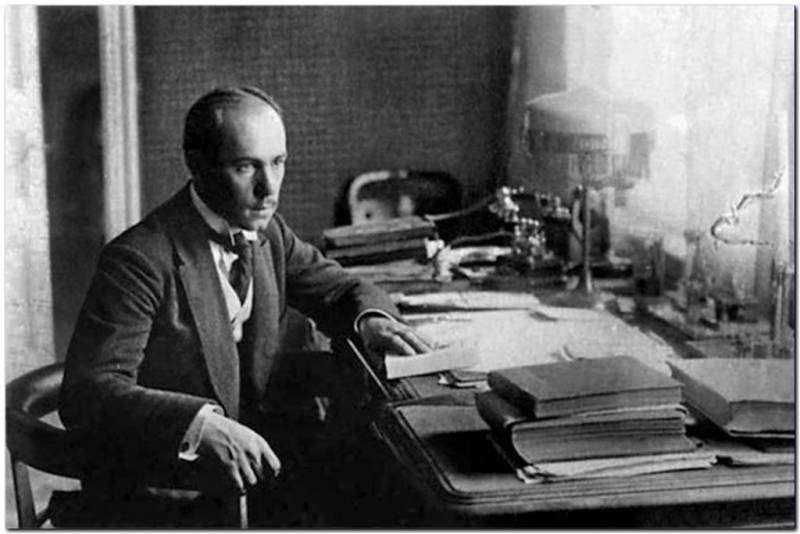
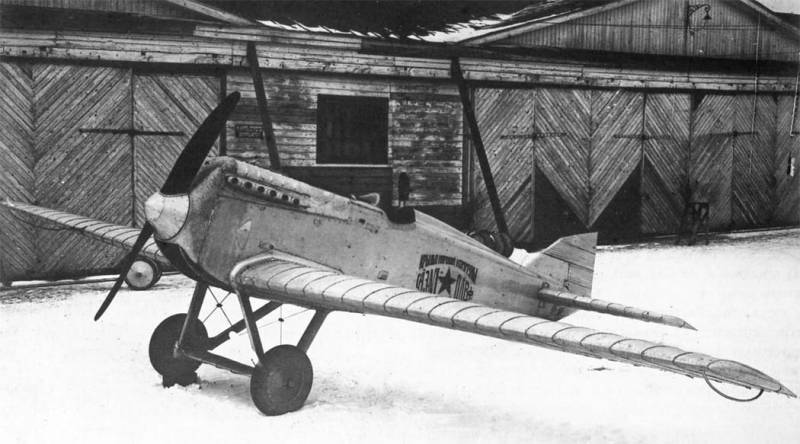
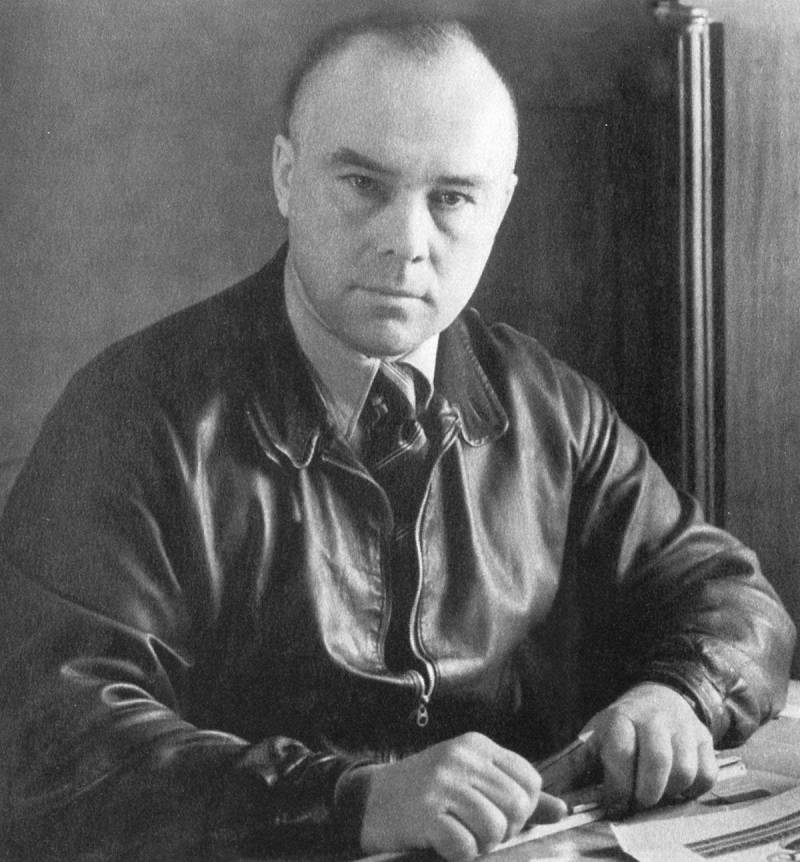
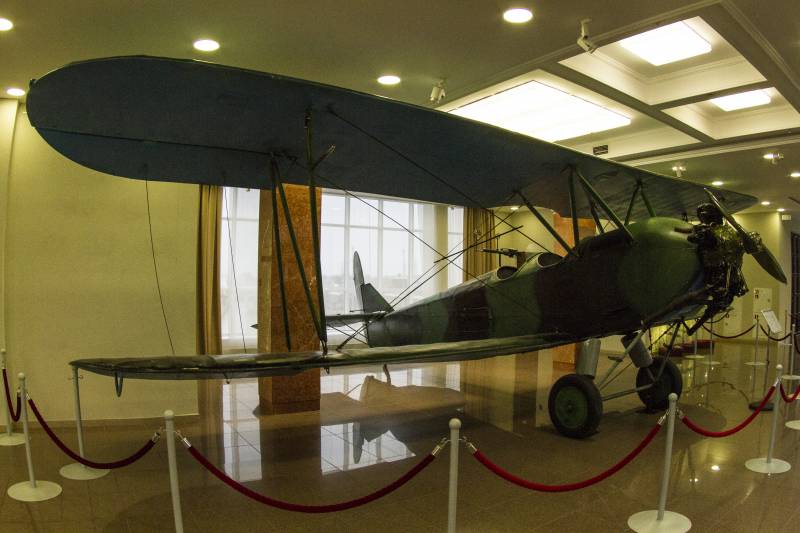

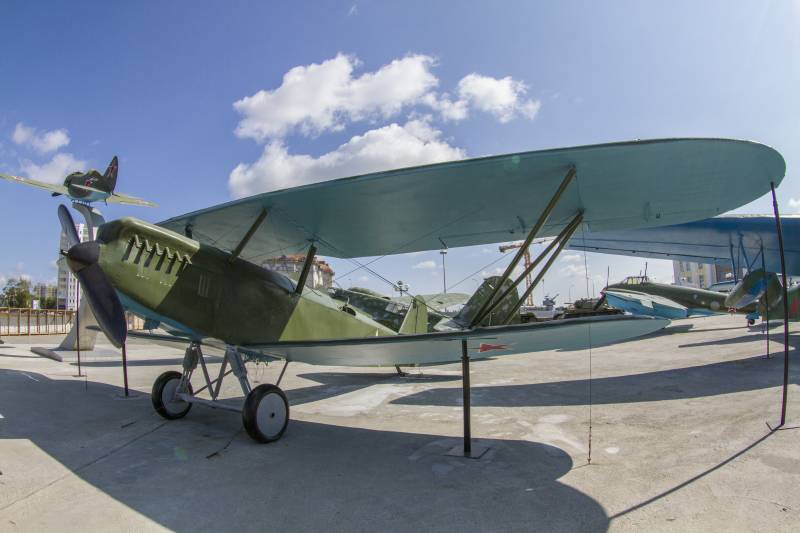
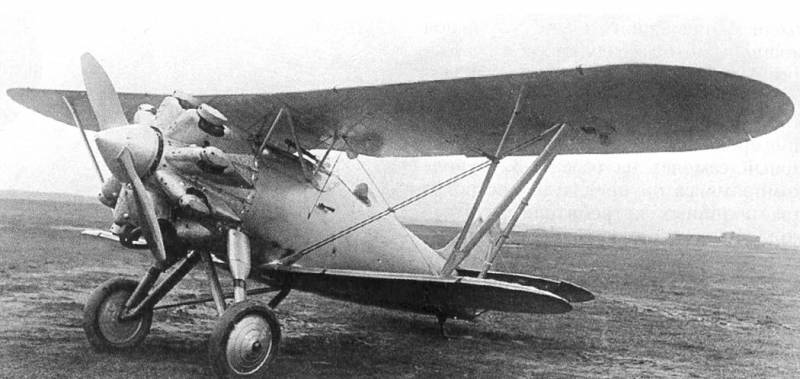
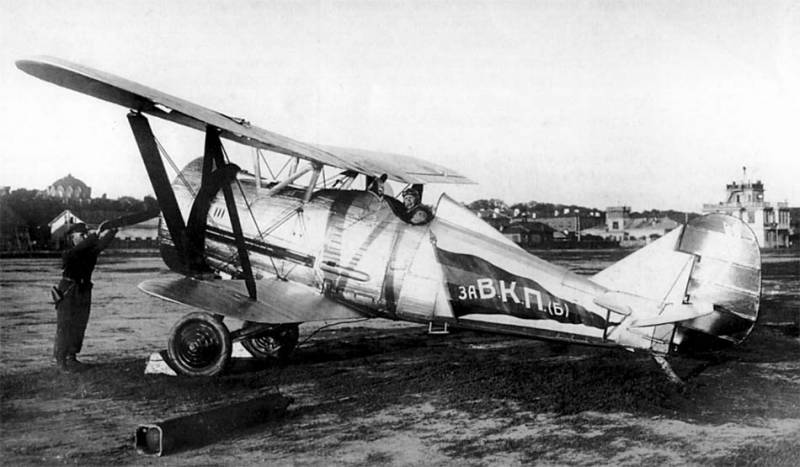
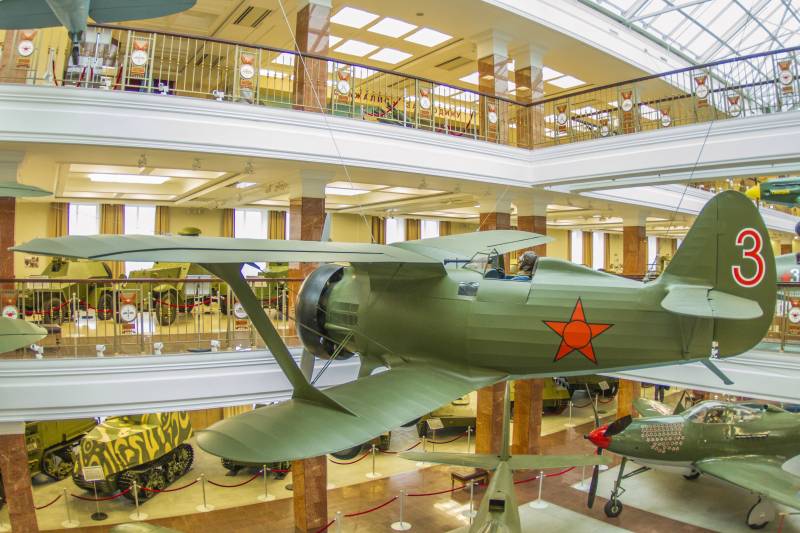
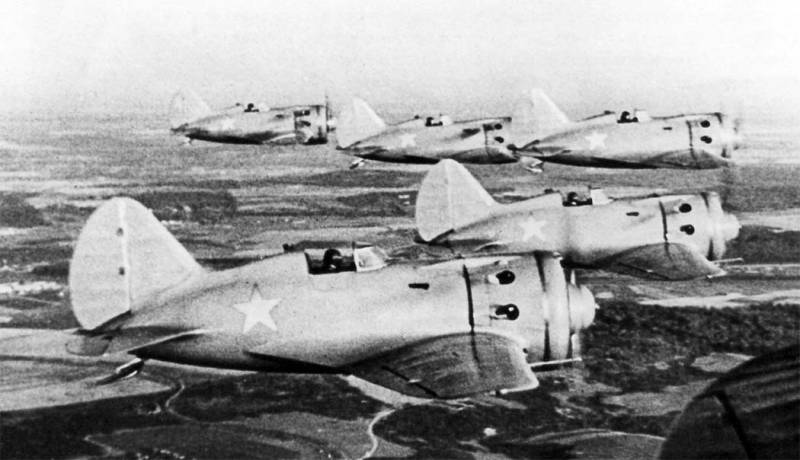
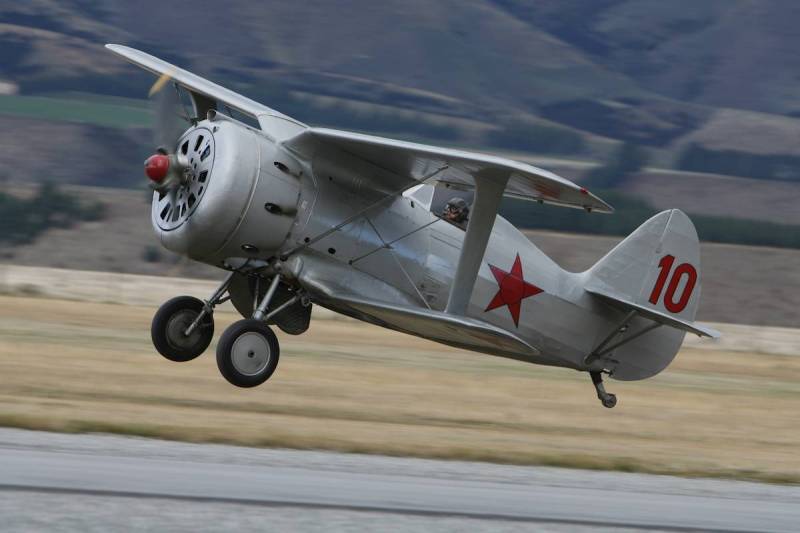
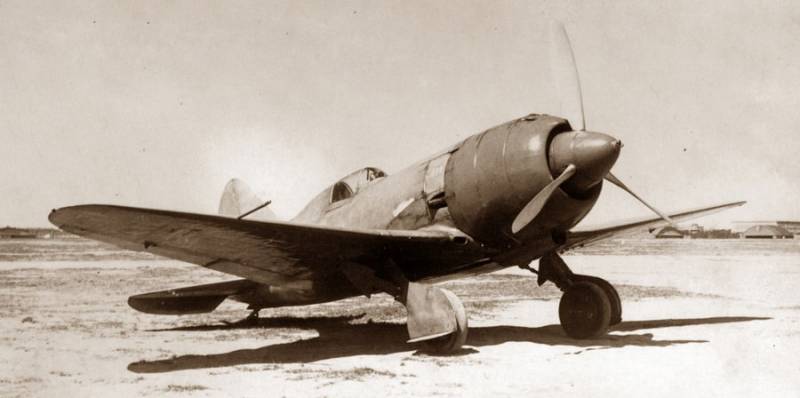
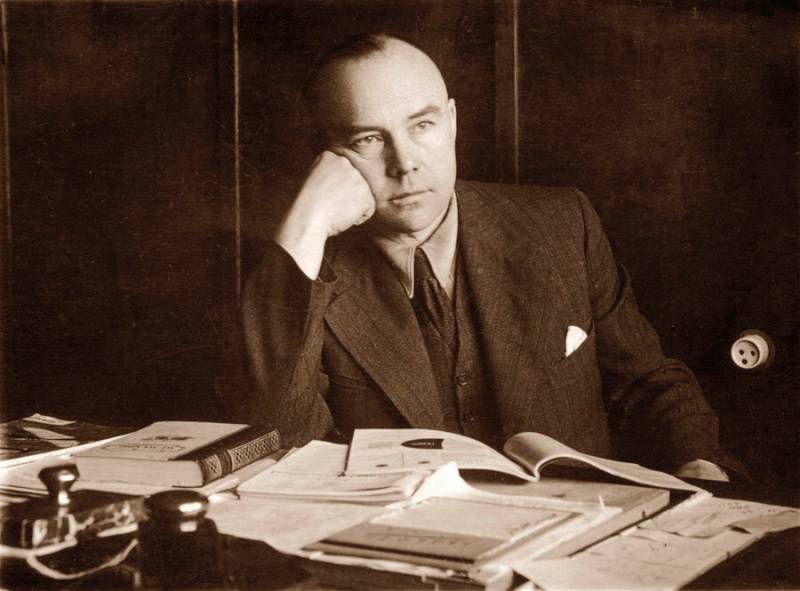
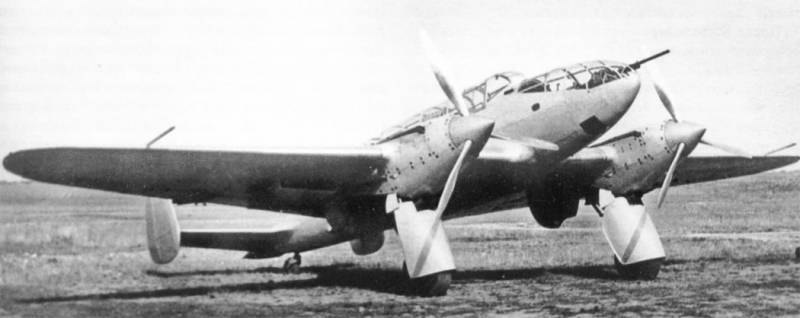
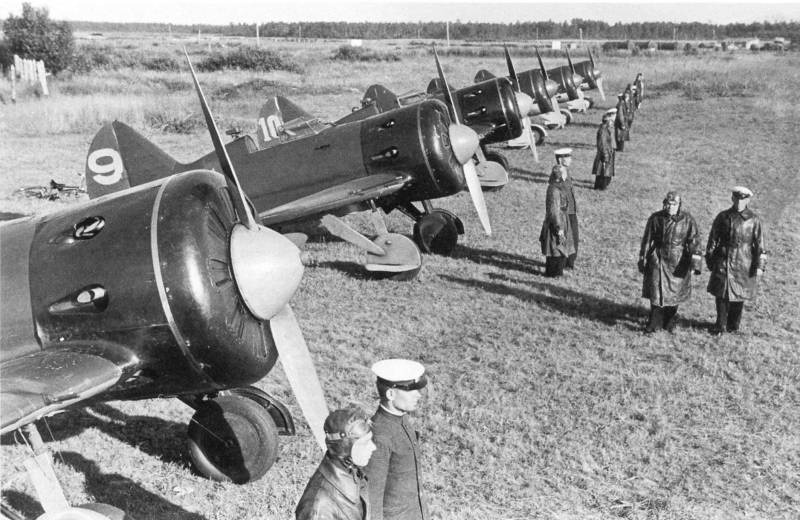
Information